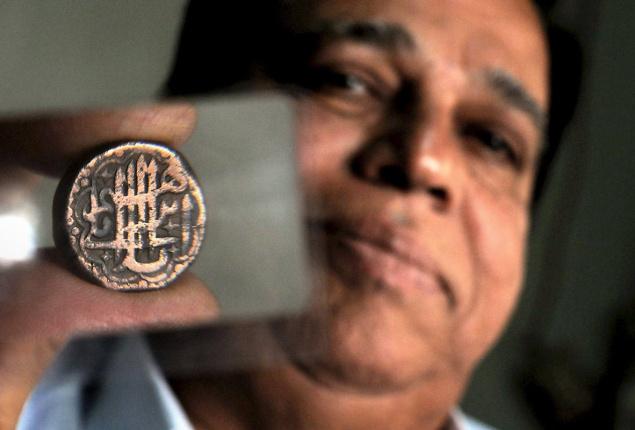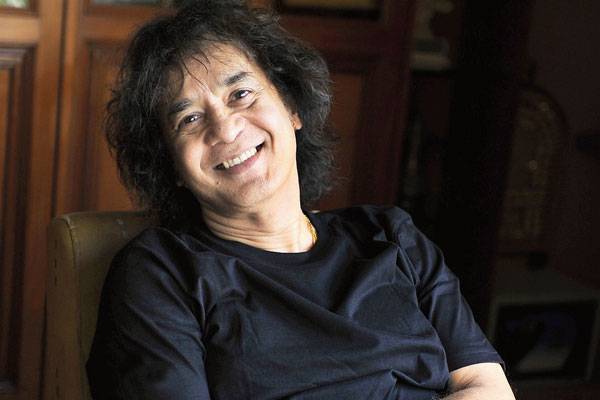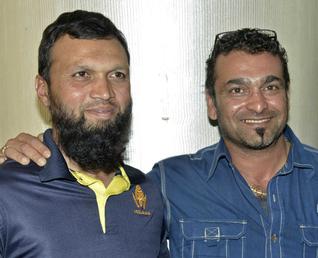
Sometimes, a simplistic gauging of skills through numbers is insufficient. Take for instance, Mohammed Shami’s in the first innings– 28-6-95-1. Someone who hasn’t seen him bowl would grossly understate him and his craft. That he was profusely unlucky on the first morning dissipates into thin vacuum in the final stock-checking of history through numbers. The number of times he beat the bat and the catches dropped won’t be factored in.
Young bowlers react differently to it. Most would be wide-eyed and desperate. Some turn petulant and fidgety. Some are beset with doubts. A few, though, would simply remain unflustered. Shami conforms to the latter group. For all the lack of luck in the first innings, Shami remained impervious to it. If any, he just improvised on his bowling.
He pitched the ball a couple of centimeters further to the batsmen, almost a drivable length but not quite drivable. And he was faster by a few yards and he swung the ball both ways. And this time round, he got a wicket off the last ball of the first over. The delivery that pinged Hamish Rutherford wasn’t any magical but simply perfect. It pitched on middle and snuck back just onto his pads.
His next wicket—again off the last ball of an over—came off smart planning. He mixed his length to Peter Fulton before eventually snapping him up with a routine half-volley. In the first over, he tempted him to drive whereas in the second, he pushed him onto the back-foot with short-of-length balls shaping into his body. Fulton, with a tendency to keep his feet static, drove from the crease and edged to Ravindra Jadeja at short-cover.
He almost consumed Ross Taylor with the first ball of his next over, only for the edge to fall short of the gully. Three balls later, an inside edge saved him from being trapped adjacent. He tested his technique as well temperament, and the latter survived more by default than design. His four overs before lunch set the tone for India’s belated comeback. “No doubt he is a match-winner. His quality to take wickets in bunches is what decides him from a good bowler to a really, really good bowler” Zaheer Khan said later.
After lunch, too, he steamed in and harassed Taylor, who by then had shed his intentions to attack. But for the odd ball that strayed down, Taylor shut-shop completely. And he was lucky that he wasn’t subject to embarrassment like Corey Anderson. Shami took most of the balls away from him before he made one snake back. Anderson was caught unawares and the balls sneaked through the gate.
And for the first time in the series, India’s bowlers demonstrated pack mentality. Shami was duly supplemented by Zaheer Khan and Ishant Sharma. Even Jadeja, wasteful hitherto, strangled the batsmen.
Scoreboard
New Zealand (1st innings) 503. India (1st innings, overnight 130-4) Rohit b Boult 72, Rahane c Taylor b Southee 26, Dhoni c Watling b Wagner 10, Jadeja (not out) 30, Zaheer c Watling b Wagner 14, Ishant c Boult b Southee 0, Shami c Fulton b Wagner 2, Extras (b-5, lb-6, w-3, nb-3) 17, Total (10 wickets, 60 overs) 202. Fall of wickets: 1-1, 2-3, 3-10, 4-51, 5-138, 6-138, 7-167, 8-188, 9-189. Bowling: Boult 17-2-38-3, Southee 19-6-38-3, Anderson 5-0-29-0, Wagner 11-0-64-4, Sodhi 6-0-13-0, Williamson 2-0-9-0.
New Zealand (2nd innings) Fulton c Jadeja b Shami 5, Rutherford lbw Shami 0, Williamson c Jadeja b Zaheer 3, Taylor c Rahane b Zaheeer 41, B McCullum (run out) 1, Anderson b Shami 2, Watling b Ishant 11, Southee c Pujara b Jadeja 14, Sodhi c Rohit b Ishant 0, Wagner c Jadeja b Ishant 14, Boult (not out) 7, Extras (b-4, w-1, nb-2) 7, Total (all out; 41.2 overs) 105. Fall of wickets: 1-1, 2-9, 3-11, 4-15, 5-25, 6-63, 7-78, 8-78, 9-80. Bowling: Shami 12-1-37-3, Zaheer 9-2-23-2, Ishant 10.2-3-28-3, Jadeja 9-4-10-1, Rohit 1-0-3-0.
India (2nd Innings) Vijay c Watling b Southee 13, Dhawan (batting) 49, Pujara (batting) 22, Extras (w-1, nb-2) 3, Total (one wicket; 25 overs) 87. Fall of wicket: 1-36. Bowling: Boult 6-0-28-0, Southee 5-0-18-1, Wagner 6-2-11-0, Anderson 3-0-8-0, Sodhi 4-1-17-0, Williamson 1-0-5-0.
source: http://www.newindianexpress.com / The New Indian Express / Home> Cricket> News / by Sandeep G. / ENS – Chennai / February 09th, 2014


















